 A new poll released by Netmums revealed shocking statistics on internet use by children. The survey of 825 children aged between seven and 16 and 1,127 adults showed that 16.7% of parents allowed children three years old or younger to go online. However, the most alarming statistics show how exposed and vulnerable children are online.
A new poll released by Netmums revealed shocking statistics on internet use by children. The survey of 825 children aged between seven and 16 and 1,127 adults showed that 16.7% of parents allowed children three years old or younger to go online. However, the most alarming statistics show how exposed and vulnerable children are online.
1. 42.1% of kids admit they have seen online porn. One in 16 have been exposed to hardcore pornography.
2. One in 12 have exchanged messages with sexual content to other people, while one in 25 have sent graphic photos of themselves.
3. 25% of children get away with pretending to be older to get an account online.
4. One in 20 children admitted arranging a secret meeting with someone they met online.
5. Almost three in 10 parents (29%) let their kids use the internet without any restrictions or supervision.
Child protection organizations have developed safety tools to help combat children’s ignorance and vulnerability to online predators.
Education
The National Center for Missing and Exploited Children (NCMEC) has developed NetSmartz, a program that creates interactive, educational safety resources for children ages 5 to seventeen.
“Through age-appropriate activities, games, videos and safety presentations, NetSmartz prepares children to behave responsibly when confronted with issues such as cyberbullying, inappropriate content, online exploitation, revealing too much information, sexting and scams.” Netsmartzkids.org
In addition, NCMEC has created NetSmartz411, an online service to answer questions about internet safety, computers and the web. The site provides an online library for parents to find answers to their online safety questions. Visit www.netsmartz411.org for more information.
Protection:
Today, parents have a wide array of online safety restrictions available to help protect their children. Sheild Genie is a comprehensive parental control software that allows parents to limit or remove access online content and games, shield children from inappropriate contacts or advances, monitor and record all computer activity, alert dangerous behavior, receive danger alerts by text or e-mail and place restrictions on sharing personal information.
Report:
NCMEC, in partnership with the FBI, Immigration and Customs Enforcement, U.S. Postal Inspection Service, U.S. Secret Service, military criminal investigative organizations, U.S. Department of Justice, Internet Crimes Against Children Task Force program, and state and local law enforcement agencies, operates a CyberTipline which receives leads and tips regarding suspected crimes of child sexual exploitation. The public can submit suspicious activity or suspected exploitation to the CyperTipeline 24/7. The TipLine is monitored by well-trained analysts who provide the information to law enforcement for investigation. According to NCMEC, over 1.7 million reports of suspected child sexual exploitation have been made between 1998 and December 2012. Click here to make a CyperTipline report.
To learn more about internet safety and child sex trafficking, join us November 7-9 at Sharing the Hope for workshops and training sessions led by over 25 national experts, including presenters from NCMEC.







Ed Huenemann says
Thank you for this information. I will share this with my school parents. It is great information for adults to know when it comes to dealing with the internet and children.
MOC On-Demand says
Thank you for this! Really great information here. The internet can really be a scary place.